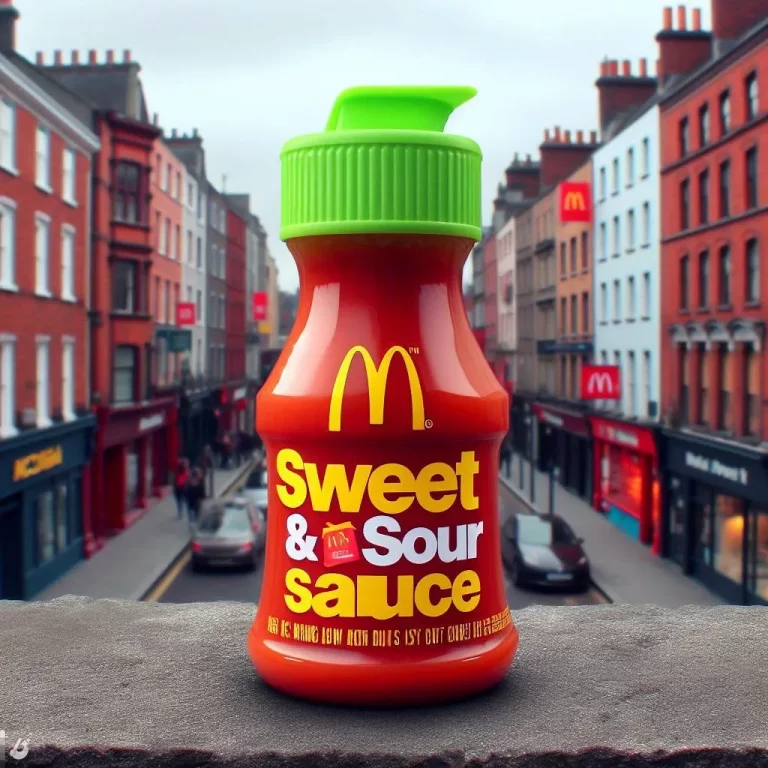Old McDonalds Menu: Classic Items You Won’t Forget!
Old McDonalds Menu was a wealth of unique and sometimes outrageous items graced the fast-food giant’s offerings. The ’90s were particularly memorable, marked by innovative attempts to cater to diverse palates, from the ambitious Arch Deluxe to the playful McJordan, created in honour of basketball legend Michael Jordan. While often short-lived, these menu items left an indelible mark on fans who still reminisce about their quirky flavors and unique combinations.
Each bite of these classic items transported customers to simpler times, where the thrill of trying something new at McDonald’s was part of the dining experience. Although many of these beloved dishes have vanished from the menu, their legacy lives on in the hearts of those who enjoyed them, serving as a delightful reminder of fast food’s ever-changing nature.
Table of Contents
Overview Of Old Menu Items
| Old Menu Item |
| The Arch Deluxe |
| The Mickey-D |
| The Beef Wennington |
| Chicken Fajitas |
| The McLean Deluxe |
| McSpaghetti |
| Coke Float |
| The McPizza |
| The McHotDog |
| The McStuffins |
| The Triple Double Burger |
| Catfish Sandwich |
| The McJordan |
The Arch Deluxe: McDonald’s $200 Million Failure
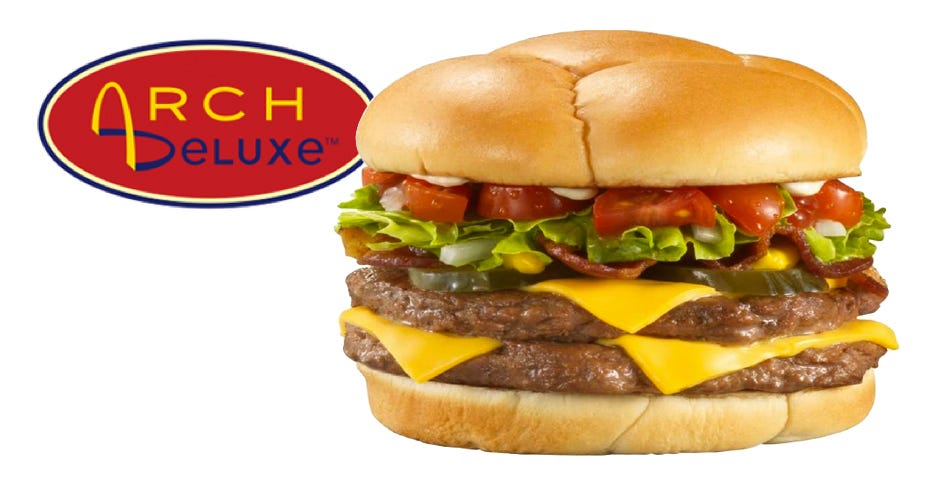
The Arch Deluxe was McDonald’s ambitious attempt to appeal to adult diners. Launched in 1996, this burger came with a premium price and lofty expectations. It was a deluxe offering with a ⅓-pound beef patty, peppered bacon, American cheese, and salad toppings. The potato roll and mustard-based sauce set it apart, aiming for a sophisticated palate.
Despite its promising ingredients and a staggering $200 million marketing campaign, it flopped. The bold flavors and higher price tag didn’t resonate with McDonald’s core customers. The failure was a blow, proving that success isn’t guaranteed even with extensive planning and investment. It remains one of McDonald’s most infamous misfires, a $200 million reminder that even the most prominent brands can miss the mark.
The Mickey-D: A Short-Lived Classic
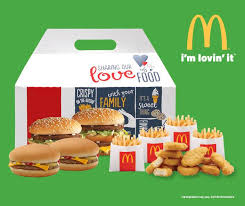
The ’90s saw McDonald’s experiment with bold new offerings, including the Mickey-D. Launched in early 1993, it was a hefty 5.3-ounce burger featuring a ⅓-pound beef patty. This classic burger was topped with cheddar cheese, diced tomatoes, sliced red onions, and a special sauce. It was served in a crusty sub roll, distinct from the usual soft buns. Priced at just $2.29, it was an excellent value for its size.
The Mickey-D was initially tested in select markets, paired with Six Flags theme park discounts. Despite this unique promotion, the burger needed help to gain traction. Ultimately, the Mickey-D couldn’t win over customers and quietly disappeared from the menu. Its brief stint remains a nostalgic memory for ’90s McDonald’s fans.
The Beef Wennington: A Chicago Exclusive
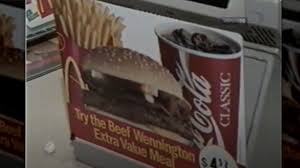
Introduced in 1998, the Beef Wennington was a tribute to Bill Wennington, the Chicago Bulls star. This burger had a unique combination of flavors that screamed indulgence. It featured an all-beef patty topped with Canadian bacon, cheese, onions, and barbecue sauce, tucked into a sesame seed bun, making it a true delight for meat lovers.
Designed specifically for the Chicago market, the Beef Wennington capitalized on the city’s love for its basketball heroes. It was a brief but memorable addition to McDonald’s menu. Fans eagerly lined up to grab this particular burger. Yet, despite its initial popularity, it lasted only a short time and was discontinued in 1999. The Beef Wennington remains a beloved piece of Chicago’s fast-food history.
Chicken Fajitas: A Tex-Mex Experiment
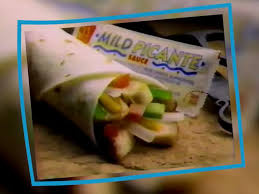
Introduced in the ’90s, McDonald’s Chicken Fajitas were a surprising addition. They were filled with green peppers, chicken, tomatoes, onions, and cheese. All these ingredients were wrapped in a warm flour tortilla. At just 99 cents each, they were a bargain. They were paired with the McDonald’s Breakfast Burrito, the fajitas aimed to diversify the menu.
Despite their low price and tasty ingredients, they didn’t become famous. Many former employees have noted that they weren’t top-sellers. Nonetheless, a dedicated fan base still fondly remembers them. These fans hope for a comeback, often voicing their desire on social media. Though not as successful as the breakfast burritos, the Chicken Fajitas remain a memorable part of McDonald’s ’90s offerings.
The McLean Deluxe: A Health-Conscious Misfire

The McLean Deluxe was McDonald’s bold attempt to offer a healthier option. Launched in 1991, it boasted a 91% fat-free beef patty. This lean burger was part of the Deluxe line, aiming to attract health-conscious diners. It featured the same great McDonald’s taste but with fewer calories. The secret? Carrageenan is a food additive used to retain moisture and texture.
Unfortunately, this ingredient became controversial due to its potential inflammatory effects. Despite its noble intentions, the McLean Deluxe failed to win over the masses. Customers needed to be sold on the healthier concept, preferring the indulgence of classic burgers. The McLean Deluxe remains a curious chapter in McDonald’s history, a reminder of the challenges of balancing health trends with fast-food cravings.
McSpaghetti: An Unlikely Addition
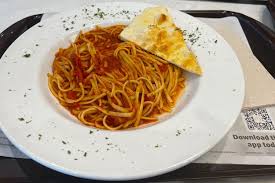
McSpaghetti was McDonald’s surprising foray into Italian cuisine. Launched in the 1970s, this dish lasted into the early ’90s. Imagine spaghetti in a fast-food setting; it was a bold move. It featured marinara sauce and grated cheese in a typical McDonald’s box. The dish was part of a broader strategy to diversify the menu.
Despite its quirky appeal, McSpaghetti didn’t fit the McDonald’s brand. Many customers found it odd and out of place. However, it did garner a niche following, mainly among curious diners. Over time, its novelty wore off, and sales dwindled. Eventually, it was phased out, leaving behind a trail of spaghetti-loving fans. To this day, McSpaghetti is fondly remembered as one of McDonald’s more adventurous experiments.
Coke Float: A Refreshing Oddity
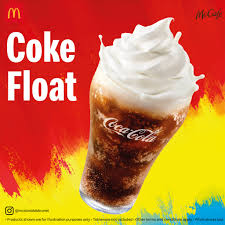
McDonald’s ventured into the world of floats with their 1991 Coke Float. Unlike traditional floats, McDonald’s featured frozen yoghurt instead of ice cream. This unique twist made it stand out, offering a refreshing and creamy experience. Available in both regular and Diet Coke, the float was served in a collectable glass, adding an extra touch of nostalgia.
Customers loved the creamy texture of the yoghurt mixed with the fizzy soda. It was a treat perfect for hot summer days. Despite its initial popularity, the Coke Float only stuck around for a short time. The combination of frozen yoghurt and soda was a delightful experiment, but it couldn’t compete with other, more traditional menu items. However, it remains a fond memory for those who enjoyed its unique flavor.
The McPizza: A McDonald’s Legend
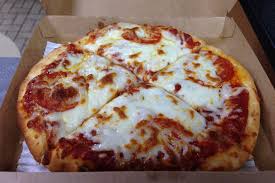
The McPizza remains one of McDonald’s most legendary menu items. First introduced in the 1980s, it aimed to capture the growing pizza market. The pizza was available in various sizes and toppings, from pepperoni to deluxe. Customers could choose their favorite, making it versatile. Its unique packaging included a pizza box with McDonald’s branding. This iconic item drew both intrigue and skepticism. Despite criticism from pizza purists, many loved its convenience.
Pizza Hut even mocked it in commercials, calling it “McFrozen.” Still, McDonald’s pressed on, expanding availability into the early ’90s. The McPizza had a devoted fan base that appreciated its unique taste. However, slow preparation times and logistical issues hindered its success. As demand dwindled, McDonald’s phased it out. Yet, it remains a nostalgic icon in fast food history.
The McHotDog: A Hot Mess
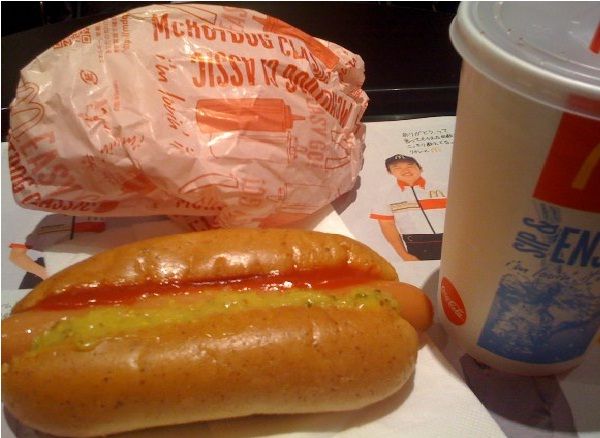
The McHotDog was McDonald’s unexpected leap into the realm of hot dogs. Launched in 1995, it offered a fast-food twist on the classic American staple. Ray Kroc, McDonald’s founder, had initially been against serving hot dogs, but the chain decided to experiment. The McHotDog featured a processed meat sausage tucked into a soft bun, topped with traditional condiments like ketchup, mustard, and onions.
Despite the popularity of hot dogs in America, the McHotDog struggled to gain traction. Many customers were skeptical about the quality of the meat, especially in a fast-food setting. Unlike McDonald’s famous burgers, the McHotDog failed to meet expectations. Even with nationwide availability, it couldn’t shake off the lukewarm reception. Customers ultimately preferred sticking to McDonald’s core offerings of burgers and fries.
The McStuffins: McDonald’s Hot Pocket Experiment
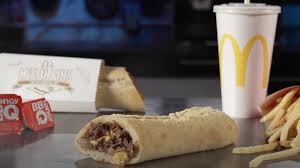
The McStuffins were McDonald’s bold take on hot pockets. Introduced in the early ’90s, they aimed to diversify the menu. These French bread creations were stuffed with various fillings. Options included pepperoni pizza and chicken teriyaki. McDonald’s tested them only in Texas, North Carolina, and Pennsylvania. This limited release hinted at cautious optimism. Each McStuffin was hearty and portable, ideal for on-the-go eating.
Despite the convenience of the design, they needed help finding a broad audience. The flavour combinations, though interesting, didn’t win the widespread appeal. Some customers found the bread too dense. Others needed to catch up on the familiarity of McDonald’s usual offerings. While innovative, the McStuffins were short-lived. They now remain a curious footnote in McDonald’s experimental history.
The Triple Double Burger: Stacked High and Short-Lived

The Triple Double Burger was McDonald’s take on an extra-large sandwich. Introduced in 1995, it had three beef patties and two cheese slices. This hefty burger was served on a sesame seed roll, adding a different texture. It included fresh lettuce, juicy tomatoes, and crisp onions. Launched as a tie-in to “Batman Forever,” it generated significant buzz.
The Triple Double was also sold under various names in different regions, such as the Boselli Burger in Jacksonville, Florida. However, despite its massive size, it lasted only a short time. Customers were intrigued but ultimately favoured more straightforward, more familiar options. This burger was McDonald’s experiment with super-sized offerings, yet it faded by the early 2000s. It remains a nostalgic memory for many who tried it.
Catfish Sandwich: A Southern Experiment
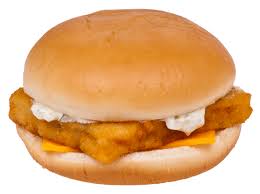
The Catfish Sandwich was McDonald’s intriguing dive into Southern cuisine. Tested in the early ’90s, it featured a 2.3-ounce catfish patty. Tucked into a McRib-like bread, it offered a unique taste. Lettuce and a special sauce added a fresh crunch. Priced around $1.89, it was an affordable treat. Franchisees had the freedom to adjust pricing, adding to its experimental nature.
The sandwich was exclusive to select Southern states, embracing regional flavours. Despite its potential, it struggled to gain widespread popularity. Customers were more inclined to stick with classic McDonald’s fare. Nevertheless, it remains a quirky part of McDonald’s history. Today, fans fondly recall its distinct flavour. Though it didn’t last, the Catfish Sandwich showcased McDonald’s willingness to explore diverse tastes.
The McJordan: A Slam Dunk in Sales

The McJordan was an iconic collaboration with basketball superstar Michael Jordan. This limited-edition burger was released in 1991 and catered to Jordan’s massive fan base. It was a flavour-packed delight, featuring a quarter-pounder with cheese, smoked bacon, onions, pickles, barbecue sauce, and mustard. This burger’s unique composition mirrored Jordan’s taste preferences, making it an instant hit. Fans were eager to try a sandwich inspired by their favorite athlete.
The McJordan capitalized on the height of Jordan-mania, with people lining up to experience it. Priced around $2, it offered great value. Despite its short-lived nature, the McJordan remains one of McDonald’s most memorable limited-time offers. Transitioning from the court to the menu was a slam dunk in sales. Fans still reminisce about this unique, celebrity-inspired creation.
Frequently Asked Questions
Why did McDonald’s discontinue the Arch Deluxe?
McDonald’s discontinued the Arch Deluxe due to its failure to resonate with customers despite a $200 million marketing campaign. The burger’s higher price and bold flavors must align with McDonald’s core audience.
What made the McJordan unique?
The McJordan was unique because it was designed explicitly with Michael Jordan’s favourite ingredients, featuring a quarter-pounder with cheese, smoked bacon, onions, pickles, barbecue sauce, and mustard. This limited-edition burger capitalized on Jordan’s immense popularity in 1991.
Were McDonald’s Chicken Fajitas popular?
McDonald’s Chicken Fajitas had a loyal fan base but needed to be top-sellers. Their low price and unique Tex-Mex flavour couldn’t sustain long-term popularity, leading to their eventual discontinuation.
What was the inspiration behind the Beef Wennington?
Bill Wennington, a Chicago Bulls basketball player, inspired the Beef Wennington. This burger featured an all-beef patty with Canadian bacon, cheese, onions, and barbecue sauce, appealing specifically to Chicago’s basketball fans.
Conclusion
The 1990s were a time of bold experimentation for McDonald’s. From the Arch Deluxe’s gourmet aspirations to the Beef Wennington’s regional flavours, McDonald’s menu was as dynamic as the decade. While not all items were successful, they each brought something unique. These discontinued items still evoke nostalgia among fans, reminding us of a time when fast food was a playground for culinary creativity.
McDonald’s willingness to take risks resulted in memorable, albeit short-lived, menu items. Looking back, it’s clear that these old McDonald’s menu offerings left a lasting impact. Whether you loved or hated them, they were a significant part of fast-food history. Here’s to the classics that made McDonald’s menu a cultural phenomenon in the ’90s.




